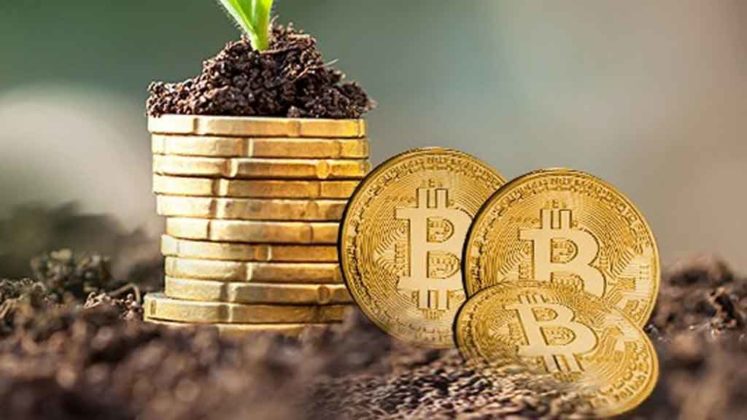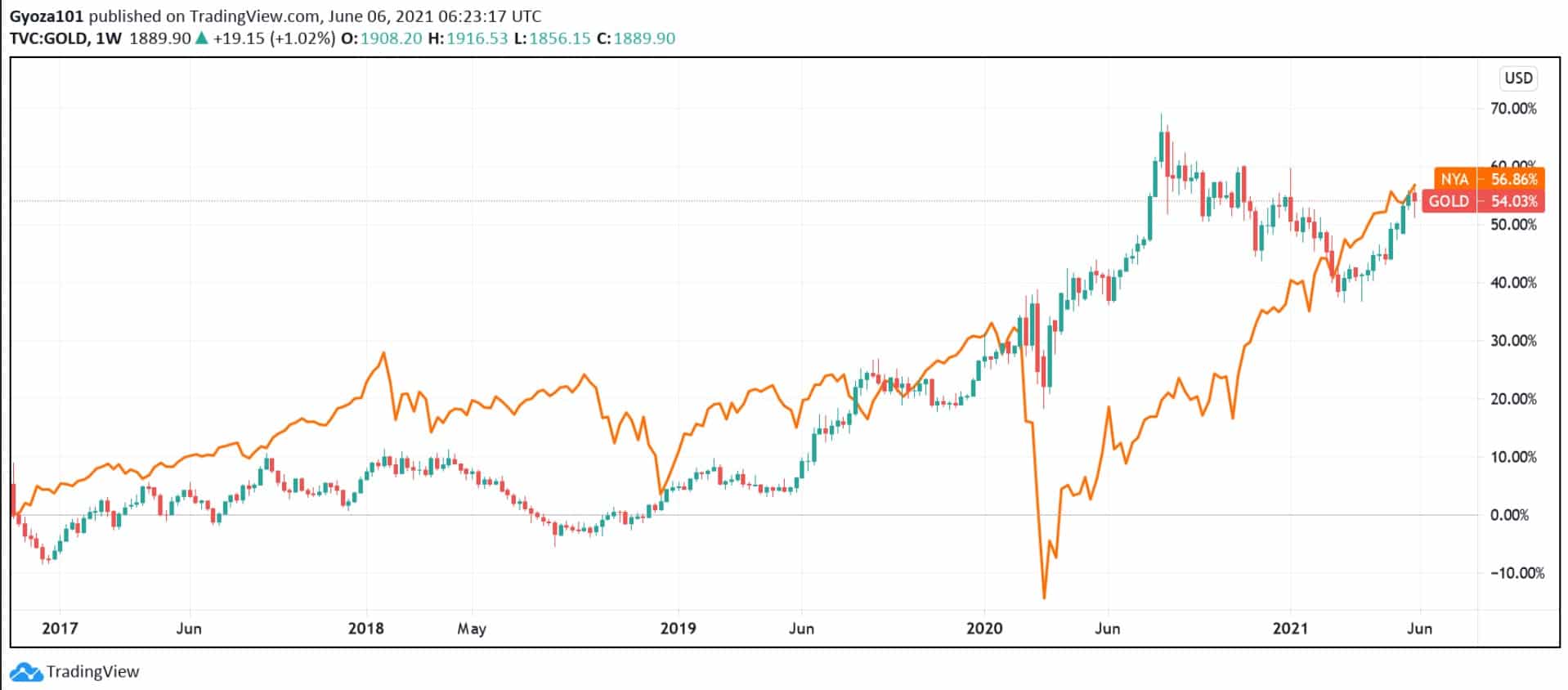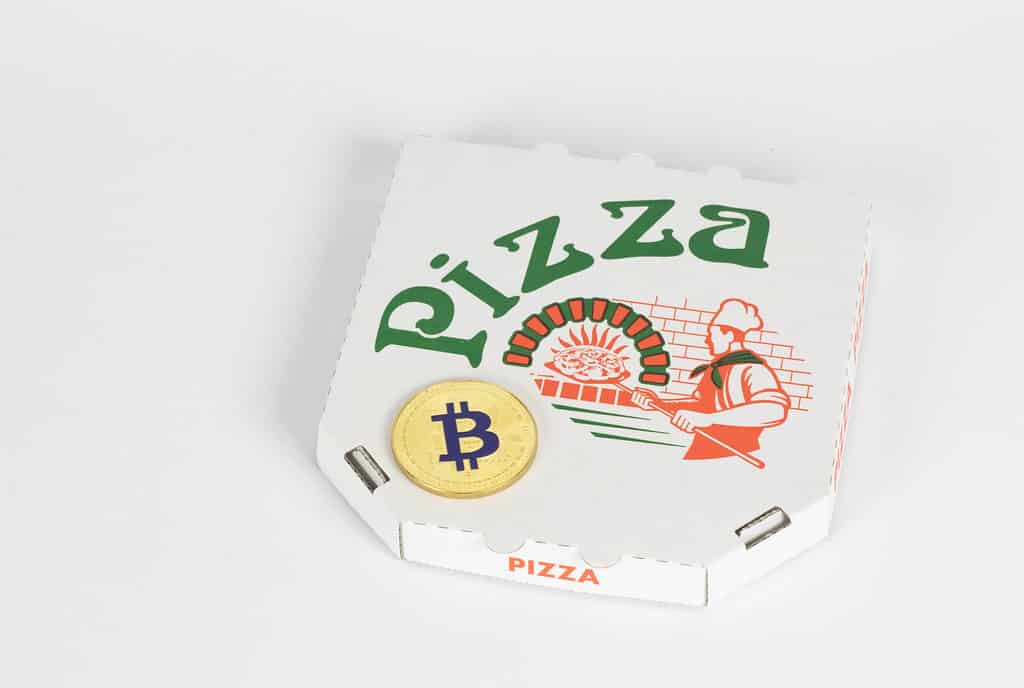Bitcoin Price Highly Unlikely to Fall to $0, Here is Why
Learn the reasoning behind the price of Bitcoin and why it's unlikely to fall to $0.


Short-term bitcoin traders saw a ray of hope last week on Tuesday. From a technical perspective, the price found support above the 50-hour moving average at US $36,400 per bitcoin. This means the price might recover.
Alas, the price did not recover as it failed to reach $40,000. Bitcoin slipped again the following day after one famous man in the crypto space posted a cryptic tweet that was seen by many as a negative sentiment towards the cryptocurrency.
Like it or not, Elon Musk seems to have a powerful influence over the bitcoin market sentiment. Many could easily blame the billionaire for tinkering with the trillion-dollar bitcoin market, but such a way of thinking is not useful.
What is more useful, though, is to think that market psychology is more complex than what it seems. In reality, the bitcoin market is composed of at least two kinds of people — those who care about what Elon Musk (and other celebrities) think about bitcoin, and those who do not.
In this week’s news update, we are more interested in the latter kind of people. We are also interested in factors that negate many running arguments against bitcoin, such as one that claims that bitcoin is a “worthless and purely speculative asset”.
In this article, we first tackle the problem of volatility, and then examine the intrinsic value of bitcoin.
Why is Bitcoin more volatile compared to many other assets?
It’s useful to think of volatility in terms of the size of the percentage change in price, and how regular this change takes place. If we compare the price % chart between Gold and the New York Stock Exchange Composite (NYA), we see that the stock market has a much greater volatility compared to gold.

We know that the volatility for both of these asset classes pale in comparison to bitcoin’s price volatility, where its price can change up to 20% in a single day. It is true that the higher the market capitalisation of an asset, the less likely it is to have high volatility.
For example, bitcoin’s market capitalisation has just passed 1 trillion US dollars, while gold has a market cap of $12 trillion, and around $25.6 trillion for all the stocks traded in the New York Stock Exchange.
Of course, as you can see, market cap has no correlation with volatility between the gold and equities market. Another factor comes into play — centralised regulations. Both assets are regulated to minimise major booms and busts.
The bitcoin price, on the other hand, is currently driven almost purely by market demand. In an unregulated space, anyone can participate in the market. We see various kinds of bitcoin buyers in the space.
From new traders looking to get rich quickly, to organised buyers who organise ‘pump-and-dump’ schemes; from astute, professional investment institutions like the Grayscale Bitcoin Trust, to ordinary companies like Tesla, Inc. and Square, Inc.
When will this volatility end?
Investors are interested in low-volatility assets that appreciate in value over time. While some risk-averse people still see bitcoin as a speculation-driven asset, it is becoming less volatile each year.
The beginnings of a tradable asset will always be rocky, as low prices make it accessible for big buyers (or whales) to own immense proportions of the asset. We always see this in penny stocks and startup growth stocks.
It’s normal (and even healthy) for assets to undergo cycles of price booms and busts. For more than ten years, the value of bitcoin has been tested three times through three major crashes in 2011, 2013, and 2018.
After each crash, bitcoin becomes more valuable. For instance, bitcoin’s lowest price in 2018 is about 200% higher than its lowest price in 2013.
Each time the price crashes, short-term speculators sell off their bitcoins to those who are not afraid to buy and hold them. The buyers are likely in it for the long-term, believing in the long-term value of bitcoin.

The latter kind of people, those who do not care about price-crashing social media remarks, will not easily sell the crypto asset.
Volatility in bitcoin will be reduced over time, for sure. Its “true and sustainable” price will increase steadily if long-term investors eventually outnumber speculators.
What keeps bitcoin’s price afloat?
A popular argument against digital currencies like bitcoin and litecoin claims that these coins have no intrinsic value. The idea that a sound investment should have intrinsic value comes from traditional investors, who invest in properties and high-value “blue chip” stocks.
As the argument goes, even in the worst economic conditions, a house still has utility — it protects us from the elements, a place to call home.
High-value companies are thought to be more resistant to bankruptcy in case of an economic recession. The COVID-19 pandemic has given us a clear glimpse at which companies have remained strong despite having lost many customers.
Many traditional investors, even those who invest in gold, will argue that bitcoin has no intrinsic value. Lacking in “intrinsic value”, bitcoin may become worthless one day, they would say.
Of course, you cannot compare bitcoin with properties or stocks, because bitcoin offers a different kind of value that is not offered by these investment vehicles. However, gold and bitcoin are more similar than you might think, even in terms of “intrinsic value”.
Gold and Bitcoin investors invest for the same reasons
Try this. Approach a gold investor and ask, “Why do you invest in gold? What is the intrinsic value of gold?” Then you can use their arguments to support bitcoin.
Gold, they argue, has been the standard currency for thousands of years. The strong reputation that gold has for being a valuable commodity has been passed down for generations. Even central banks use gold as a reserve commodity.
While it does make a poor medium of exchange in the modern times, gold is still used as a store of value, especially during times of economic uncertainty.
Gold may not offer the same value as properties or equities. Gold cannot shield us from the rain, and does not earn dividends to its holders. But it is incredibly useful for making jewellery, which can give it added value when sold.
Bitcoin, as a scarce commodity that is ‘mined’ with sheer effort, is valuable in the same way.

Bitcoin used to work really well as a currency. Someone even bought two pizzas with 10,000 BTC in 2010. However, its limited supply and increasing demand quickly makes the cryptocurrency an inelastic commodity, meaning that nowadays, bitcoin is better known as a store of value as one bitcoin represents so much monetary value.
Despite the volatility, bitcoin and not other cryptocurrencies have been used as the commodity of choice for institutions and companies looking to protect their cash reserves from inflation. This is because, simply, bitcoin has a much stronger reputation in the crypto space.
Its network has been proven to be secure, and has never been hacked. This gives a lot of confidence to both new and experienced investors.
Bitcoin may not be tangible, unlike gold. It doesn’t earn dividends, unlike stocks. But it can be used to participate in the new digital economy, such as decentralised finance (DeFi) and the intangible non fungible token (NFT) marketplace.
This gives bitcoin added value, as it can be ‘converted’ easily into other kinds of digital assets.
Learn more: What are non fungible tokens (NFTs)?
Other kinds of intrinsic value offered by Bitcoin
Bitcoin offers more value than gold, in a less obvious way. Bitcoin is more than just a commodity, it is also a network of thousands of participants — and we are not talking about market participants.
In order for bitcoin to work, there needs to be people who run computers that validate transactions and store transaction data. People who run these computers have invested so much time and resources into powering the bitcoin network.
There is also a strong community of developers backing up the network, constantly working to find solutions to make bitcoin work as intended by Satoshi Nakamoto. For instance, the second-layer solution attempts to address bitcoin’s network congestion on the main network.

By diverting transactions “off-chain” to another blockchain, and then updating the distributed bitcoin ledger during off-peak hours, users can keep transaction fees to a minimum.
Other blockchains like Polkadot attempt to form a bridge to the Bitcoin network, to offer bitcoin users more functionality, like smart contracts and applications that use the bitcoin currency.
The verdict
Ultimately, it is highly unlikely for bitcoin to become worthless. If all traders decide to sell off bitcoin, the only ones who stay are the bitcoin community, the developers, miners, and those who believe in the technology.
If bitcoin becomes worthless, then some other asset classes might also be in danger of becoming worthless. Think of all the major disasters that have destabilised every part of the global economy.
The fact is, you cannot escape from investment risks. Even the most conservative types of investments have their risks. Holding on to cash has its risks. It’s a matter of how much you put into each individual investment that determines how comfortable you are with risk.
On that note, it is wise to always diversify across various classes of assets, and always have an emergency fund ready before partaking in any investment projects.
More weekly updates coming your way
Subscribe to our monthly newsletter, and visit our site every week to find the latest, most important updates, with our commentary to help you make informed decisions.
Further reading: Explore more topics on all things crypto by visiting our Hub.
Share to
Stay curious and informed
Your info will be handled according to our Privacy Policy.
Make sure to follow our Twitter, Instagram, and YouTube channel to stay up-to-date with Easy Crypto!
Also, don’t forget to subscribe to our monthly newsletter to have the latest crypto insights, news, and updates delivered to our inbox.
Disclaimer: Information is current as at the date of publication. This is general information only and is not intended to be advice. Crypto is volatile, carries risk and the value can go up and down. Past performance is not an indicator of future returns. Please do your own research.
Last updated October 18, 2022





